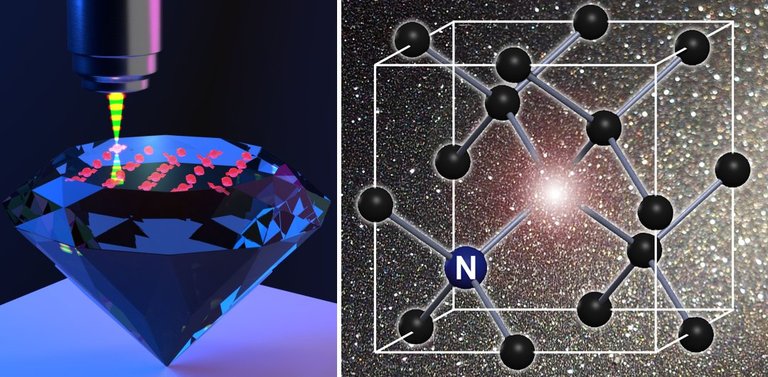Electronics
First sensor created that measures magnetic fields in any direction
The best sensors available today for measuring magnetic fields - also known as magnetometers - belong to the class of "quantum sensors", working based on the reaction of individual atoms to the magnetic fields they want to measure.
#newsonleo #Electronics #technology

Its active part are natural atomic defects present in the diamond, known as nitrogen vacancies, or color centers. These centers arise when two carbon atoms in the diamond's crystal lattice are replaced by a single nitrogen atom, leaving a "vacancy" in the crystal lattice.
Together, the nitrogen atom and vacancy can behave as a negatively charged entity with a spin of its own. Better than that, nitrogen vacancy centers are isolated from the environment, meaning their quantum behavior is robust and stable, making them not only excellent sensors but also ideal qubits for quantum computers.
And you can use them for other things, like measuring practically anything. By repeatedly exciting a color center and collecting the emitted photons, it is possible to detect its spin state. And, because the spin state can be influenced by external variables such as magnetic field, electric field, temperature, force and pressure, diamond's nitrogen vacancy centers can be used as extremely precise, atomic-scale sensors.
But in the case of detecting magnetic fields, there is a problem: The color centers can only detect magnetic fields that are aligned in the same direction as the sensors. Thus, a practical magnetometer needs to contain many sensors, placed at different alignment angles, which makes them difficult to build and use and with an accuracy limited to the number and position of the sensors used. Furthermore, the fact that they are rigid (diamond is the hardest natural material known) means that they cannot conform to the samples being studied.